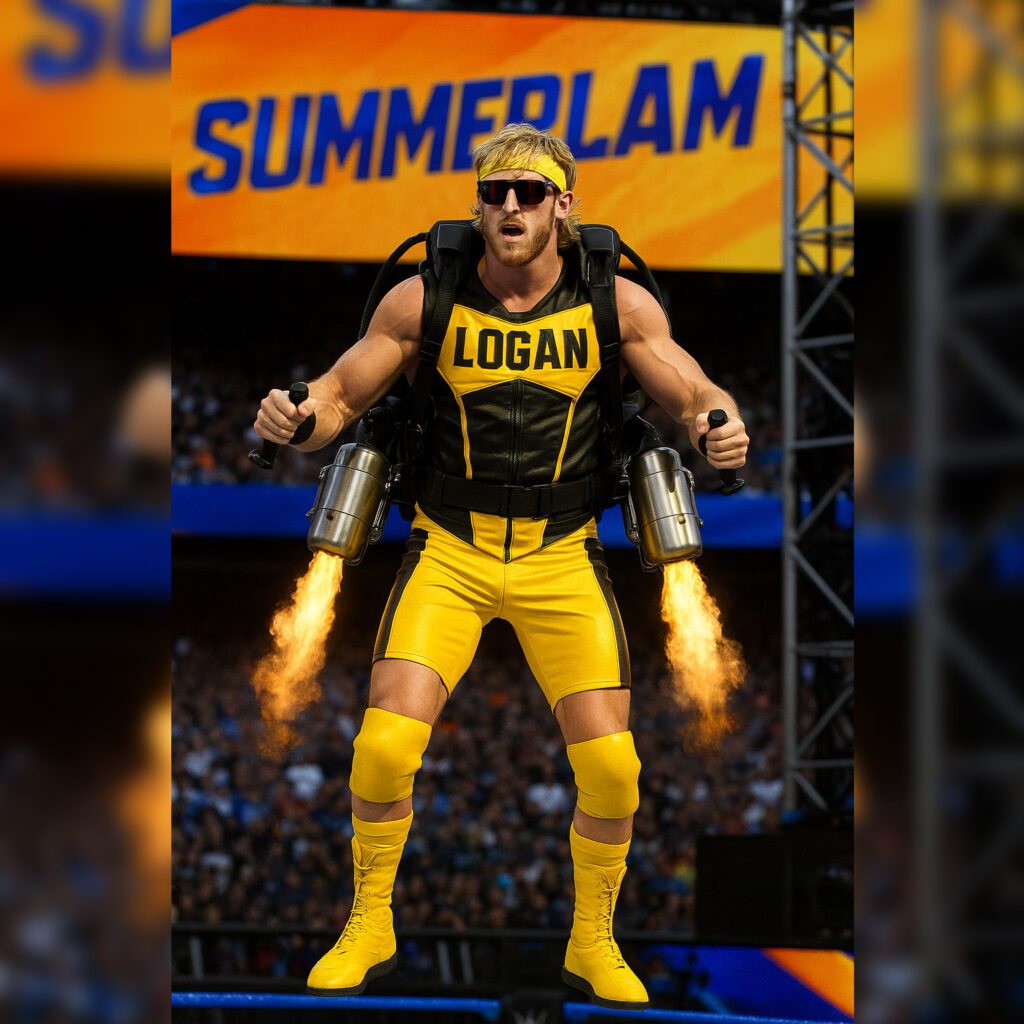WWF In Your House 5: Seasons Beatings – A Retrospective Review
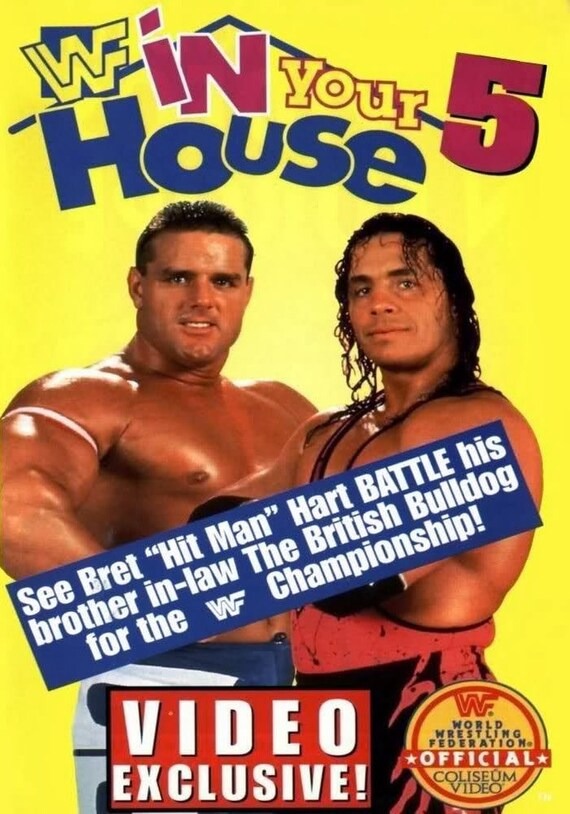
The wrestling universe was not quite the same back in 1995. The WWF, prior to its global brand transformation to WWE, was engaged in an intense tussle for television ratings with rival promotion WCW. This fierce competition was not just about headlining superstars but about narratives, match cards, and the entire wrestling spectacle. Within this context, “In Your House: Season’s Beatings” emerged not merely as another Pay-Per-View but as a crucial piece in the larger wrestling puzzle.
Unwrapping the Match Card:
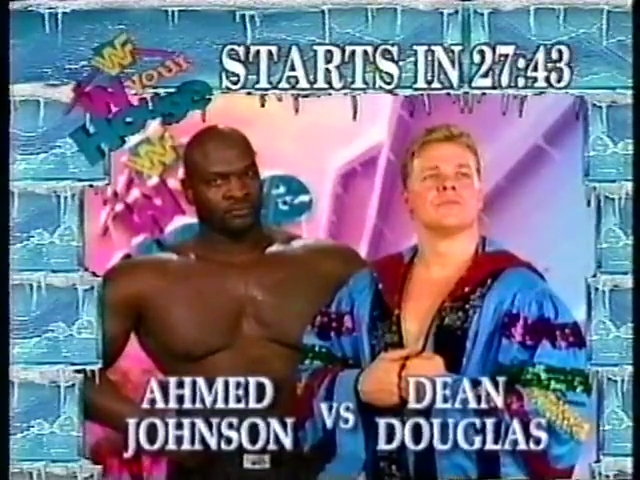
Dean Douglas vs. Ahmed Johnson
Squash match. Dean Douglas feigned injury and handed over duties to Buddy Landel to face Ahmed in his stead. Douglas claimed that he could not compete due to a back injury. He introduced Buddy Landel (his “graduate student“) as his replacement for the night. Johnson won the match, and afterward Jarrett attacked Johnson with his gold record. What a waste.
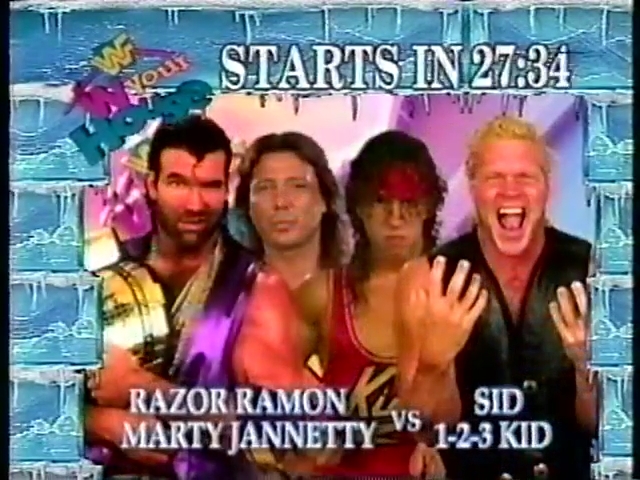
Razor Ramon and Marty Jannetty vs. The 1-2-3 Kid and Psycho Sid
As the bout unfolded, the dynamic styles of each wrestler came into play. Razor Ramon’s rugged charisma juxtaposed against the high-flying agility of The 1-2-3 Kid. Psycho Sid, with his imposing frame, provided the raw power, while Jannetty’s aerial maneuvers added a layer of unpredictability. Quick tags, near falls, and the palpable tension between Razor and Kid made the match a must-watch. The contest not only showcased the in-ring prowess of the participants but also advanced the storyline, setting the stage for further confrontations down the line.
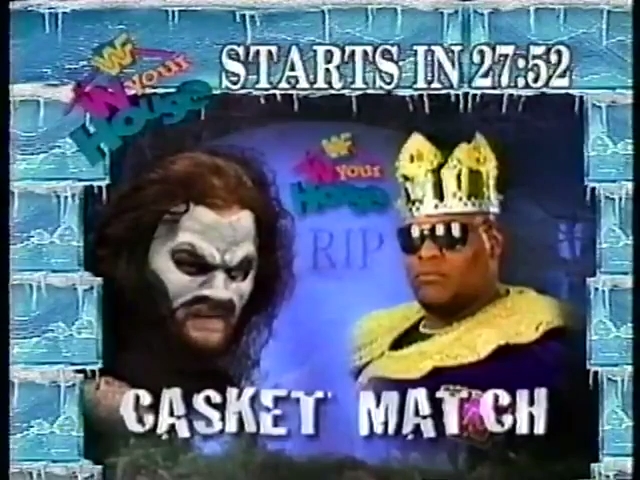
Undertaker vs. King Mabel (Casket Match)
By this point, Undertaker’s lore was deeply entrenched in the WWF narrative. His battles with Mabel, including this one, weren’t significant but they elevated Mabel whether for good or for bad. Mabel, later known as Big Daddy V and Viscera, had an imposing presence, making him one of the few who looked like he could legitimately challenge the Deadman. Behind the scenes, there was chatter about Mabel’s in-ring recklessness, especially after he legitimately injured Undertaker’s face months prior, leading to ‘Taker wearing a protective mask. This match, then, had real stakes. The casket stipulation was in ‘Taker’s wheelhouse, and the eventual victory solidified his grim reaper of the ring persona.
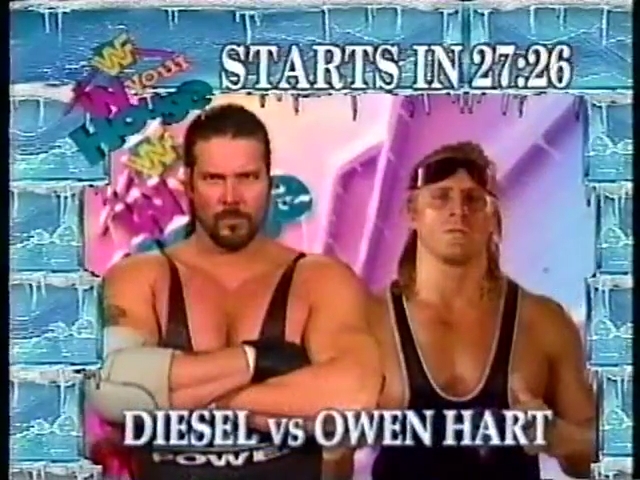
Owen Hart vs. Diesel
This was a pivotal match that showcased two of the biggest talents of the era. Owen Hart, part of the legendary Hart wrestling family, was renowned for his technical prowess and cunning in-ring intelligence. Diesel, on the other hand, was a towering figure with a natural charisma that connected with the audience.
Owen, known as the “King of Harts” by this time, had been a thorn in the side of many top faces in the company. His feud with Diesel was brewing, with Owen capitalizing on Diesel’s recent animosities and the unstable atmosphere after his breakup with Shawn Michaels. It was a bout that represented the classic David vs. Goliath setup, with Owen using his speed and technique to try and counter Diesel’s raw power and aggression. Behind the scenes, both Kevin Nash (Diesel) and Owen were respected locker room figures, and their professionalism was evident in the way they orchestrated their match to highlight each other’s strengths.
The bout also carried implications for the broader narratives in WWF. Diesel’s trajectory, post his championship run, was under keen observation, with the company gauging how best to position him. Owen, always the perfect antagonist, was vital in this storyline, pushing Diesel to his limits and ensuring the audience remained invested in the “Big Daddy Cool” character.
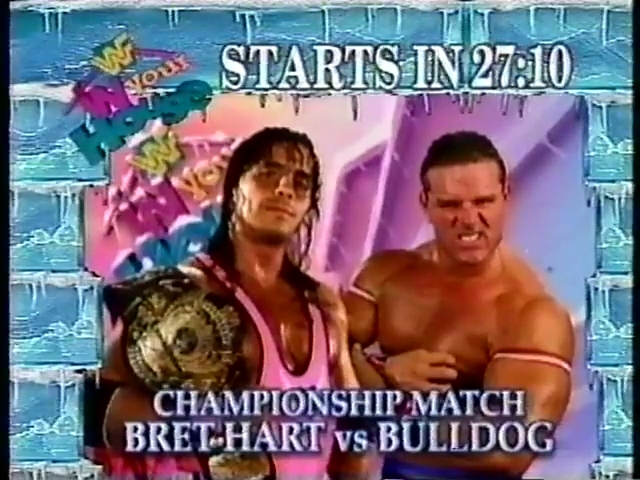
Bret Hart vs. The British Bulldog (WWF Championship)
The main event was nothing short of wrestling poetry. Bret and Bulldog were not strangers to each other, having had an iconic match at Wembley Stadium in 1992. Behind-the-scenes, Bret was becoming increasingly influential, not just as a locker room leader but as a creative voice. This match was a technical masterclass. It reiterated that wrestling, at its core, was about athletic prowess meshed with storytelling. Bret’s victory wasn’t just a title defense but a reaffirmation of his status as WWF’s cornerstone.
Beyond Gorilla Position
1995 was an intriguing year for WWF. Behind the scenes, there was a tectonic shift occurring. The “New Generation” era was in full swing, focusing on younger talent. But the pressure was palpable. WCW’s rise was not just a competitive challenge but a direct threat. Rumors floated about talent unrest, contracts, and backstage politics. Vince McMahon’s leadership was tested, and events like “Season’s Beatings” were integral in asserting WWF’s dominance.
Moreover, seeds were being sown for the impending “Attitude Era.” While not overt, there were indications, subtle nods to a product that would become edgier, more intense, and groundbreaking. The PPV format of the “In Your House” events, more frequent and less expensive than the big four PPVs, was a direct response to this evolving wrestling ecosystem.
In Reflection
“In Your House: Season’s Beatings” is a mirror to its time – an event that encapsulated the challenges and triumphs of WWF in 1995. From its match card to the wrestlers and the storylines, it was a blend of tradition and transition. The echoes of this event can be found in many of the subsequent chapters of wrestling history, marking it as not just another Pay-Per-View



